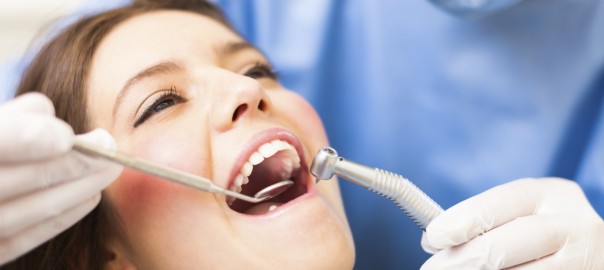The human mouth is a marvel of biological engineering, serving many essential functions that go far beyond mere communication. This intricate structure plays a vital role in our ability to eat, breathe, and express our emotions. In this blog, we will take a closer look at the anatomy of the human mouth and the various components that make it such a versatile and indispensable part of our bodies.
The human mouth consists of several distinct components, each with its unique functions. Let’s start with the most visible part: the lips. Lips are not only essential for facial expressions, but they also protect the delicate tissues inside the mouth from external factors. Just behind the lips, the cheeks form the walls of the mouth, helping to keep food within as we chew and swallow.
Inside the mouth, we find the tongue, a muscular organ responsible for tasting, moving food around, and aiding in speech. The tongue is covered in tiny bumps called papillae, which contain taste buds that allow us to perceive different flavors. It is a highly flexible and agile muscle that plays a pivotal role in forming various speech sounds.
The roof of the mouth is divided into two parts: the hard palate at the front and the soft palate towards the back. The hard palate provides a stable surface for the tongue and helps in the initial stages of chewing, while the soft palate is involved in closing off the nasal passages during swallowing to prevent food or liquid from entering the nose.
The floor of the mouth is home to the sublingual and submandibular salivary glands, which secrete saliva. Saliva contains enzymes that aid in digestion and lubricate food for easier swallowing. It also helps maintain the health of the oral cavity by neutralizing acids and preventing tooth decay.
Speaking of teeth, they are integral to the mouth’s functioning. Humans typically have 32 teeth, including incisors, canines, premolars, and molars. Each type of tooth has a specific role in breaking down food. Teeth are anchored in the jawbone and are responsible for the initial mechanical breakdown of food before digestion begins in the stomach.
Behind the teeth, you’ll find the pharynx, a muscular tube that connects the mouth to the esophagus, allowing for the passage of chewed food and liquids into the digestive system. This area also plays a crucial role in preventing choking by sealing off the trachea during swallowing.
The human mouth is a remarkable and complex structure, responsible for vital functions such as eating, speaking, and breathing. Its various components, including the lips, cheeks, tongue, palate, salivary glands, teeth, and pharynx, work together seamlessly to support our daily activities. Understanding the anatomy of the mouth can lead to better oral health and a deeper appreciation of this incredible biological marvel.
Aesthetic Advantage has state-of-the-art educational facilities that can help you take your career to the next level, call us at (212) 794.3552 for more information.
Aesthetic Advantage proudly serves New York, Atlanta, Florida, Chicago, Pennsylvania, Boston, Rhode Island, California, South Carolina, and all surrounding areas.




